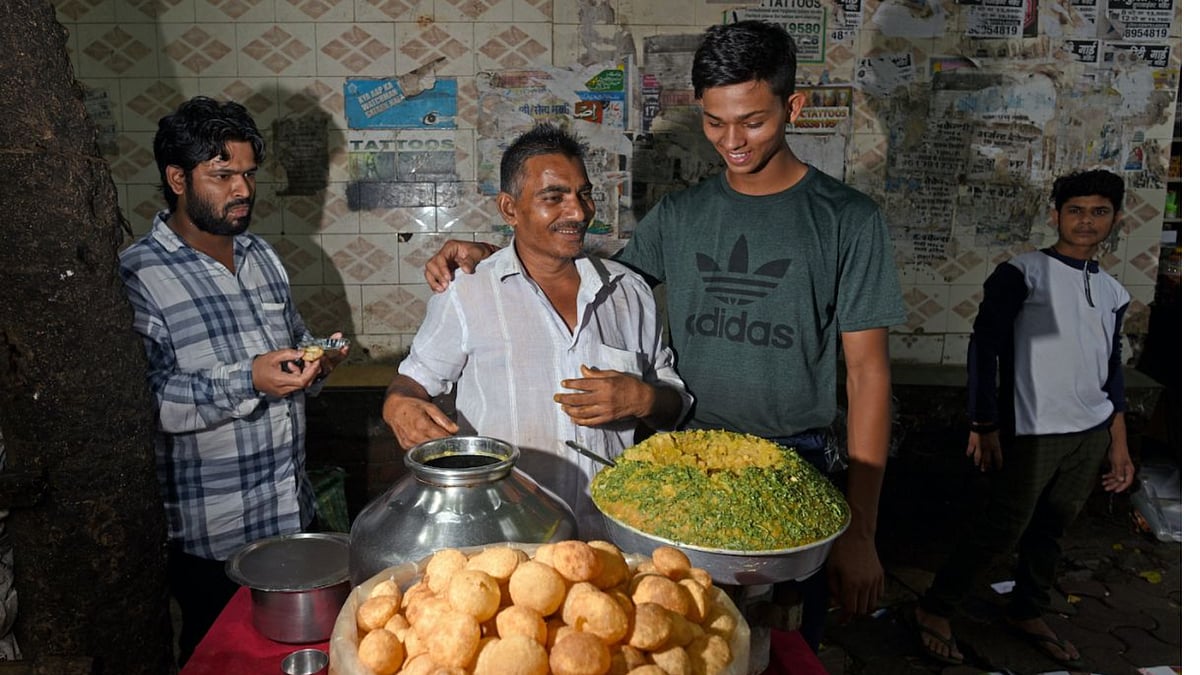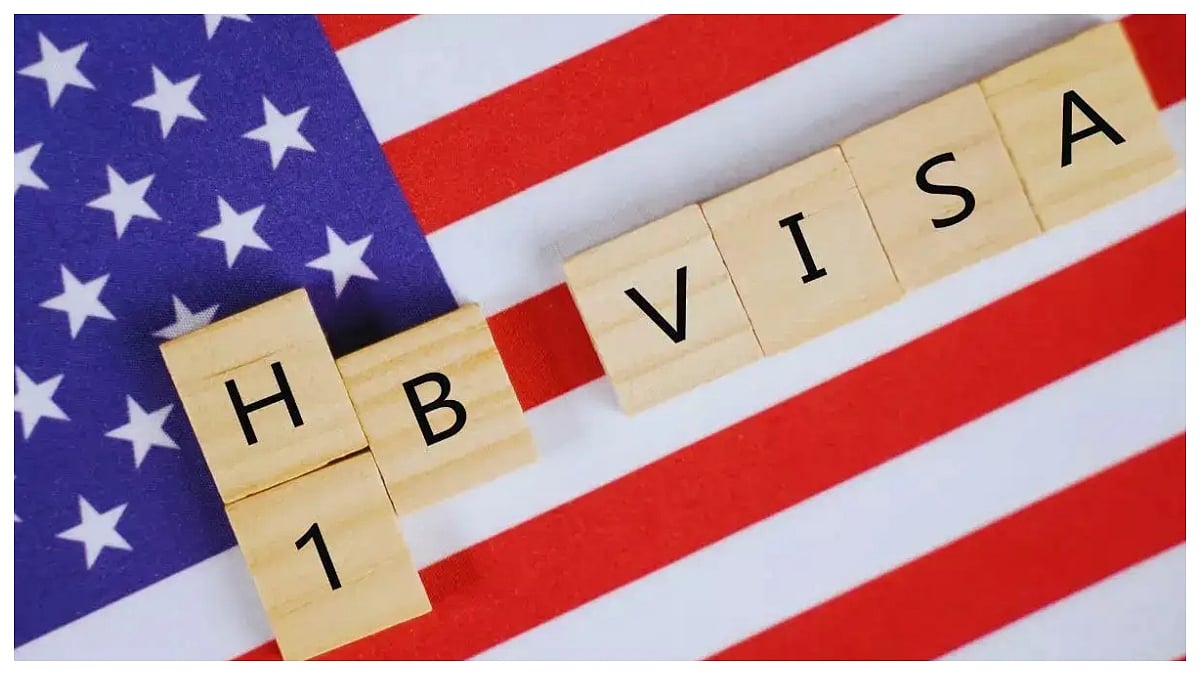The cricket glue that held the nation together for decades as its sole unifying force finally came unstuck amidst scenes of heart-breaking tragedy outside the M. Chinnaswamy Stadium in Bengaluru on Wednesday.
Not politics, not cinema and certainly not religion, cricket for long has been the one aspect of Indian society which united everyone in both victory and defeat as the national cricket team sought glory since the very first Test match at Lord’s in 1932.
The results have been decidedly mixed. But even in their darkest periods, no one gave up on the boys in blue and white. That unifying force has now been torn apart by the phenomenon known as the IPL (Indian Premier League).
Wednesday’s events, though, should not be seen in a vacuum, and nor should they be seen as a surprise. The deaths of 11 innocent fans were a tragedy unforeseen by those who have looked on in despair as rival franchise fans have taken on each other in both the virtual and real worlds. It has been a tawdry spectacle filled with hatred, abuse and bitterness, even spilling over from the IPL to the national team.
At the forefront have been followers of MI (Mumbai Indians) and RCB (Royal Challengers’ Bengaluru). RCB finally got their hands on the IPL trophy at Ahmedabad on Tuesday after 18 long years.
But the fans, rather fanatics, of these two franchises have polluted social media with their hateful comments. For MI followers to wish for Virat Kohli’s failure and RCB followers to hope Rohit Sharma will fail, even while the team is on national duty, shows how corrosive and toxic IPL fandom has become.
This did not happen by accident. It has been the plan of the IPL marketing mandarins from the very launch of the league to pit the fans against each other. In this they have succeeded spectacularly, aided by the mainstream media, particularly frenzied TV news anchors and their hysterical panels of ‘experts’.
The fruits of this frenzy were there for all to see as fans, rather ultras, (the term given to football hooligans), made a mad bid to enter the stadium where RCB had organised a felicitation function with the KSCA (Karnataka State Cricket Association) and the cream (or dregs) of Karnataka politicians and their families hogging the spotlight on the stage in order to gain political mileage. This, after an earlier function at the Vidhana Soudha.
As madness seeped into the crowd, they trampled all those who got in the way, with women and children being the usual innocent victims of such hysteria. The stadium could hold 32,000 who got free passes, but lakhs outside stormed the gates.
The football analogy is apt here. As cricket has moved from the international model, which sustained it for over a century, and into the T20 franchise mode powered by the mega-success of the IPL, it has attracted the kind of fans that have been a scourge of football for as long as one can remember.
Just the other day, Paris faced the mayhem of these ultras as Paris Saint-Germain’s victory over Inter Milan in the UCL final set off riots that claimed at least two lives and left destruction in its wake. The stampede in Bengaluru, of course, was of a different variety, but both were fuelled by fanatic support for their clubs.
The other aspect of football that the IPL, and in its wake, dozens of copycat leagues around the world, has brought to cricket is the club vs country debate and dilemma, which football has struggled to solve.
With T20 and its offshoots, including the T10, the 100 format in England, and the ‘legends’ retirement leagues, with perhaps more formats to follow, bringing in the big bucks for far less exertion, international and domestic red ball cricket is fast losing its charm for cricketers worldwide.
This has led to a spate of early retirements and of players landing up before a Test series just a day or two before the start, acclimatisation be damned. It has also led to players being contracted to multiple leagues, flying from one to another to fulfil their professional commitments, bringing in the era of the cricket freelancer.
Unlike football, where the world body, FIFA, keeps a tight rein on its flock with footballers contracted to just one club, the ICC (International Cricket Council) has no control, allowing a free-for-all, leading to allegations of corruption and match-fixing; some proven, some merely suspected.
India has long been fraught with regional chauvinism of various kinds extending to state boundaries, sharing of river waters, language, culture, and even food. Now welcome to the era of cricket chauvinism, as the drug called IPL begins to infect minds young and old.
But it is not only in the virtual world where these fan wars pitting state against state and city against city are fought. They have also spilled over into the real world.
There have been reports of murders over disputes between fans, including the shocking killing of an elderly farmer in Kolhapur, Maharashtra, last year, which rocked his village. And this is not an isolated case.
With betting apps masquerading as fantasy sports now proliferating across the sporting world, including sponsorships of major teams, there have been a spate of suicides reported in the national media and fans being bankrupted by betting. The latest being a family of three in Mysuru who took their own lives in February.
The scenes that unfold after every final, as the victorious players shed copious tears of joy and the losers tears of distress, would put a soap opera to shame. All this for a domestic T20 tournament. No wonder their supporters are affected by all the hype and hoopla.

Eventually, we may get to know who is responsible for the terrible tragedy—the KSCA, the RCB, the state government or the police. But it is the entire cricket ecosystem in India that must be held responsible. The time to dial down the hype is NOW.
After all, it’s just a sport. Is it really worth killing and dying for?
Gulu Ezekiel is the author of 18 sports books, the latest being What If…? Indian Cricket’s Counter-Factual History, released last month.










